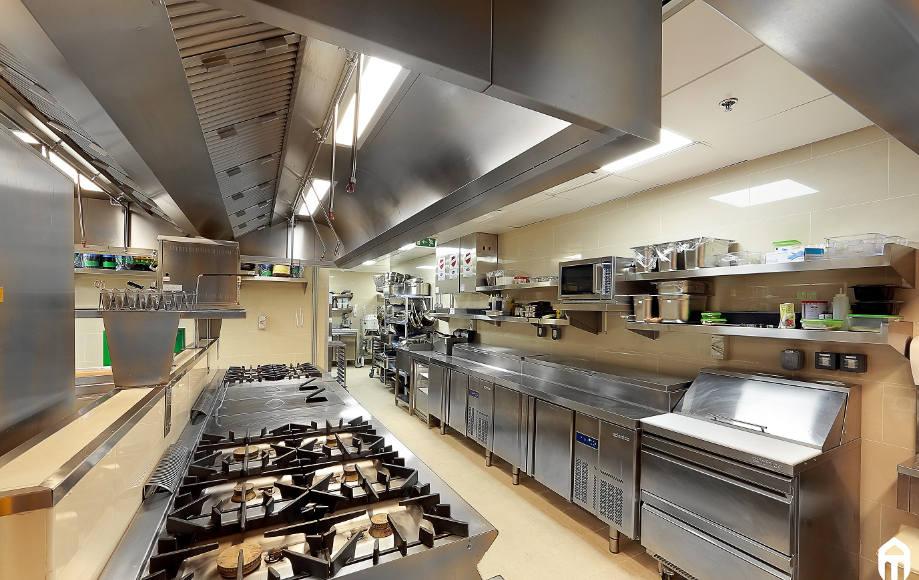How Food Service Equipment in Australia Impacts Restaurant Operations
In the fast-paced realm of the restaurant industry, efficiency and productivity are key to successful operations. One often overlooked aspect that can make or break these objectives is the quality and functionality of food service equipment in Australia.
The Backbone of Efficiency
These tools act as the backbone of any catering operation. Its impact on restaurant operations is significant and multifaceted. For instance, automation in the kitchen can decrease labour hours by increasing efficiency and enabling the staff to multitask while food is being prepared. This results in enhanced productivity without compromising the quality of the meals served.
Impact on Menu Success
The choice of equipment can also directly affect the success of a restaurant’s menu. The right kitchen apparatus allows chefs to execute their dishes perfectly, contributing to a tantalizing menu that keeps customers coming back for more.
Downtime: A Silent Profit Eater
Downtime of equipment like coolers, freezers, fryers, and cash registers can lead to a loss of efficiency, increased operating costs, and missed customer service opportunities. Therefore, maintaining the reliability of this equipment is crucial to ensure smooth operations and avoid unexpected disruptions.
Flexibility for Changing Trends
Moreover, the hospitality sector is ever-evolving, with changing trends and consumer preferences. Having flexible equipment that can adapt to updated processes, menu changes, and kitchen revamps is essential for staying relevant and efficient.
Catering to Off-Premises Dining
With the rise of off-premises dining, the need for commercial food service equipment has evolved. The right appliances can facilitate this shift, driving efficiency and catering to this growing demand.
Quality Matters
The quality of commercial kitchen tools also significantly affects a restaurant’s profits. If a piece of kitchen apparatus breaks down, it could disrupt business operations and eat into profits.
Adapting to Increasing Front-of-House Spaces
The trend of increasing front-of-house spaces to accommodate more customers also requires the back-of-house to adapt accordingly. This adaptation includes the strategic use and placement of kitchen tools.
Technology: A Game Changer
Lastly, technology has become a game changer in the restaurant industry. The use of advanced kitchen appliances and automation is transforming how restaurants operate, helping them cut costs, run more efficiently, increase productivity, and improve food safety.
In conclusion, the significance of food service equipment in Australia for the operations of restaurants cannot be overstated. From boosting efficiency and affecting menu success to handling downtime and adapting to changing trends, it plays a pivotal role in the overall success of a restaurant.





